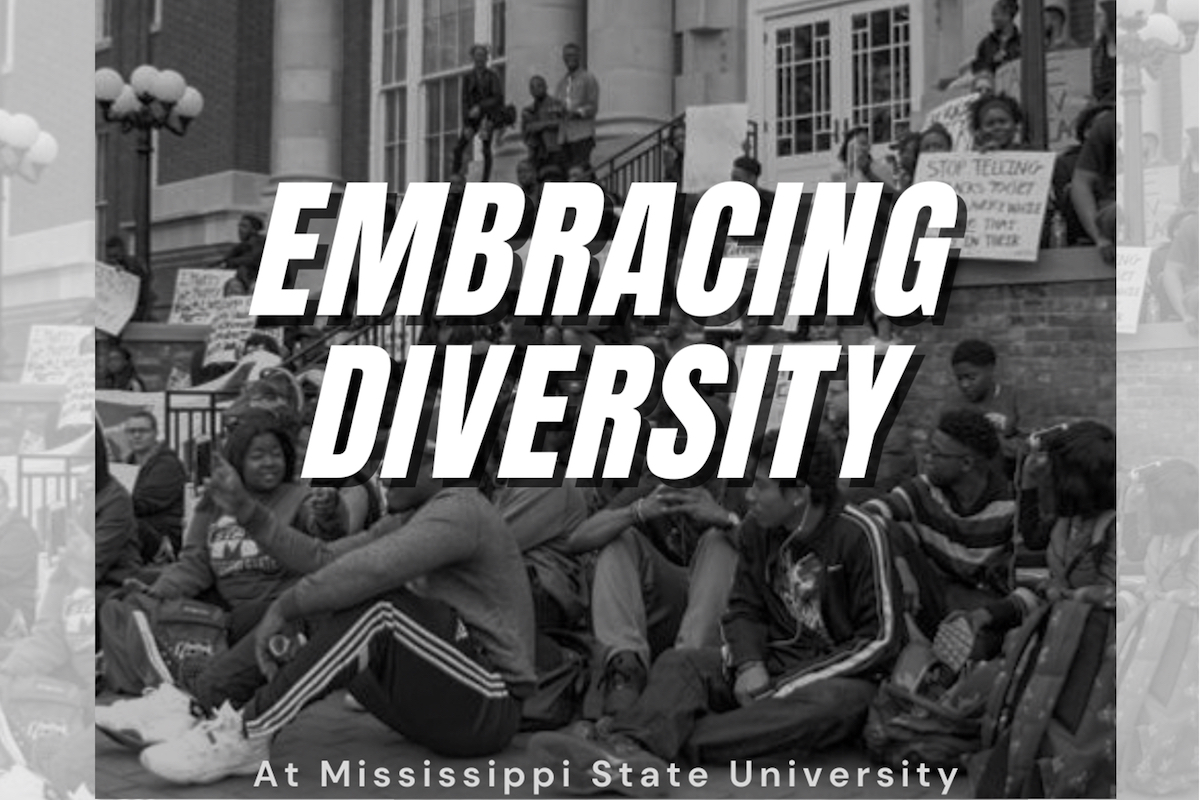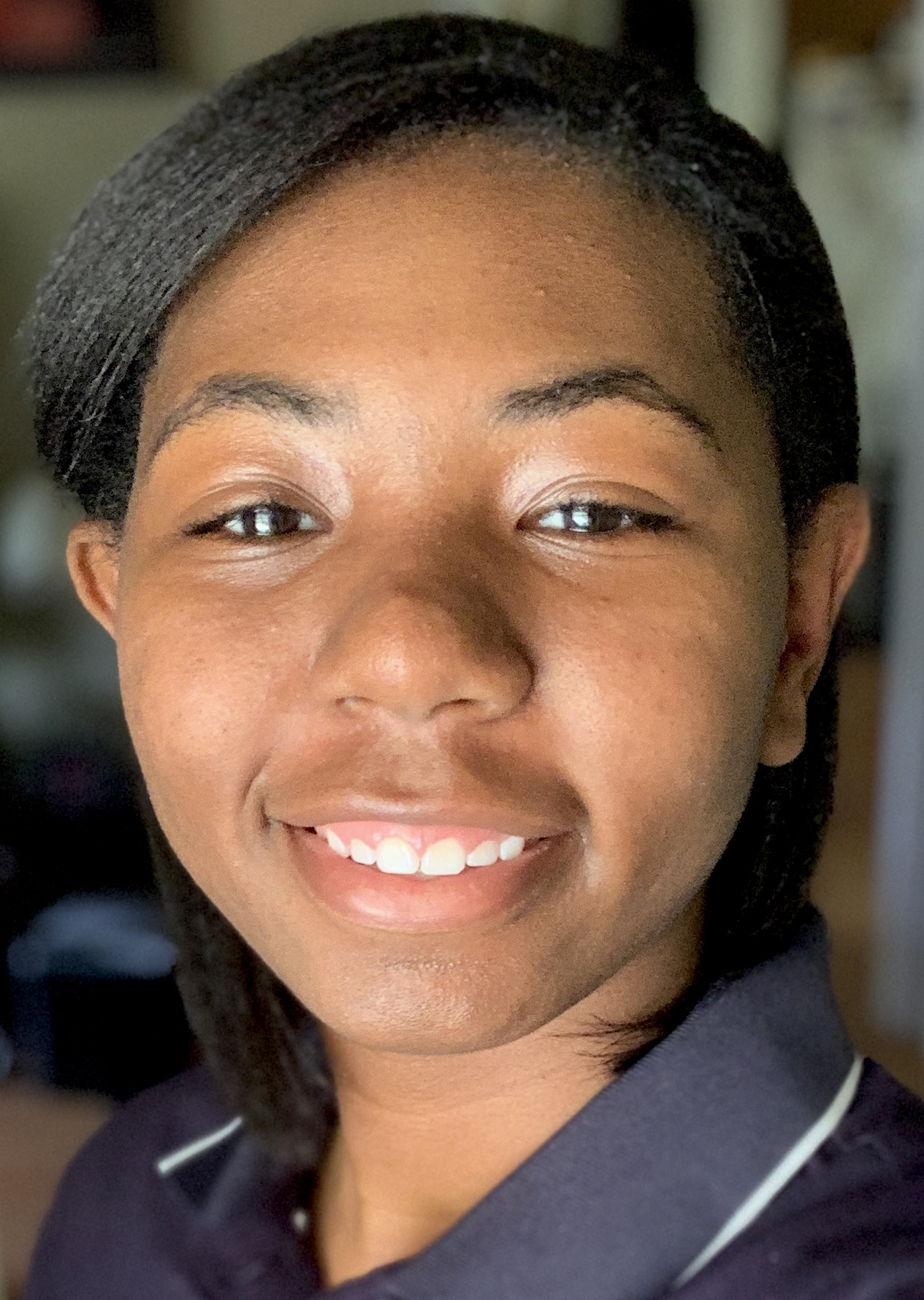The academic experience for Black students at Mississippi State University continues to evolve through challenging views of educational access and race.
History shows the university’s problematic relationship with its Black student population—from the integration of the first Black student Richard Holmes in 1965; to the publishing of Blackface 40 years ago in its 1979 yearbook and again 33 years ago in its 1986 yearbook; to primarily Black MSU students protesting and petitioning the removal of the Confederate flag on campus in 2016.
Troubled History, Bright Future
“Our intent at Mississippi State is to not just talk about diversity and inclusion, but to live it,” MSU President Mark Keenum assured.
Today, MSU seems to reflect that intention since the university ranks as one of the most diverse SEC campuses. However, when comparing the university’s consecutive enrollment statistics, a concerning trend revealed itself.
In fall 2011, Black students represented 20% of the student population, compared to 11% in 1986. While enrollment rates have risen since 2011, Black students’ enrollment rates have steadily declined over the past four years.
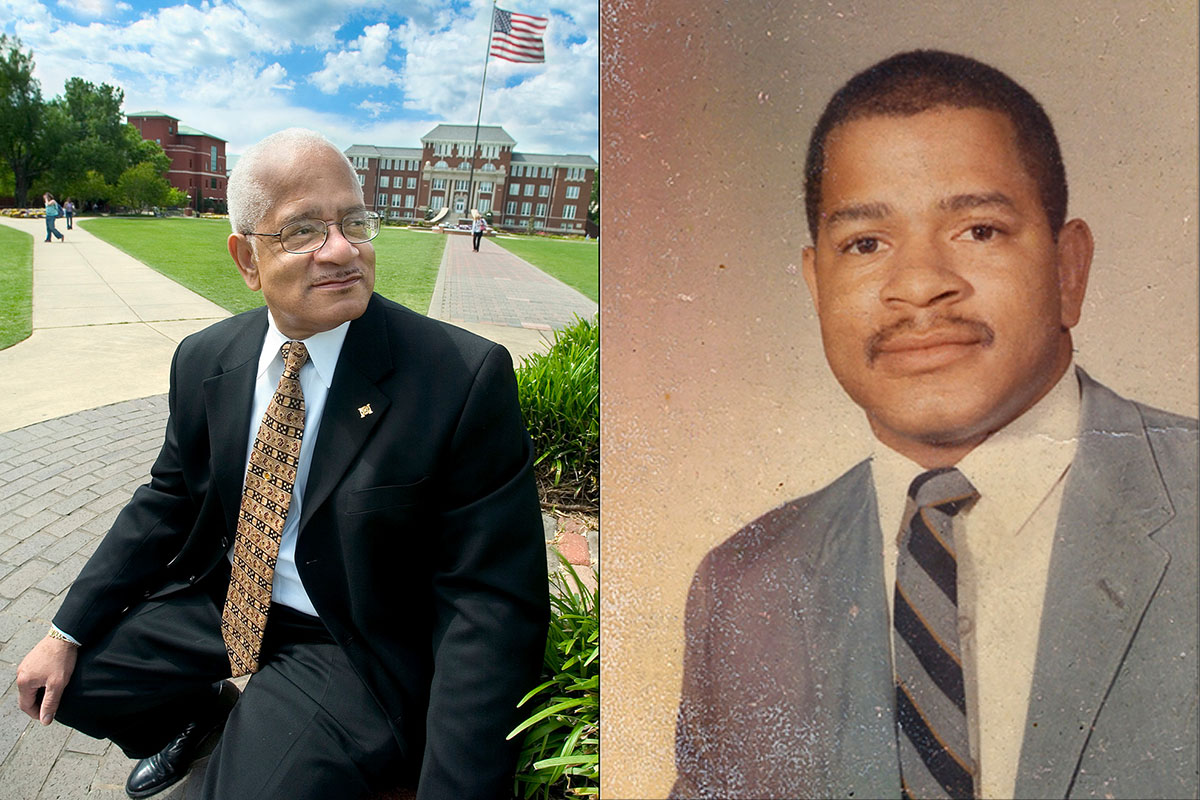
From fall 2019 to fall 2020, the African American student body at MSU increased from 3,796 students to 4,032, but then decreased to 3,866 in 2021. Despite total enrollment numbers declining from 23,086 in fall 2021 to 22,649 in fall 2022, the Black student body population dropped to 3,575 students in 2022.
In response to this data, Vice President for Access, Diversity and Inclusion Ra’Sheda Forbes maintained a favorable view on MSU’s future.
“I think it is important to acknowledge the national trend of declining enrollment of Black students pursuing higher education which speaks to the need for more state and national policies to make college more affordable for underrepresented populations,” Forbes continued, “but Mississippi State is committed to its land-grant mission of access for students.”
To help fulfill this commitment, MSU’s Admissions and Scholarship team hosted a Jackson Public School junior preview day on March 22, 2023, to promote what MSU has to offer considering 93.9% of JPS students enrolled are Black.
MSU also has services that focus on ensuring the curriculum inside the classroom is inclusive for all students through a partnership between the university’s Office of Institutional Diversity and Inclusion and its Center for Teaching and Learning.
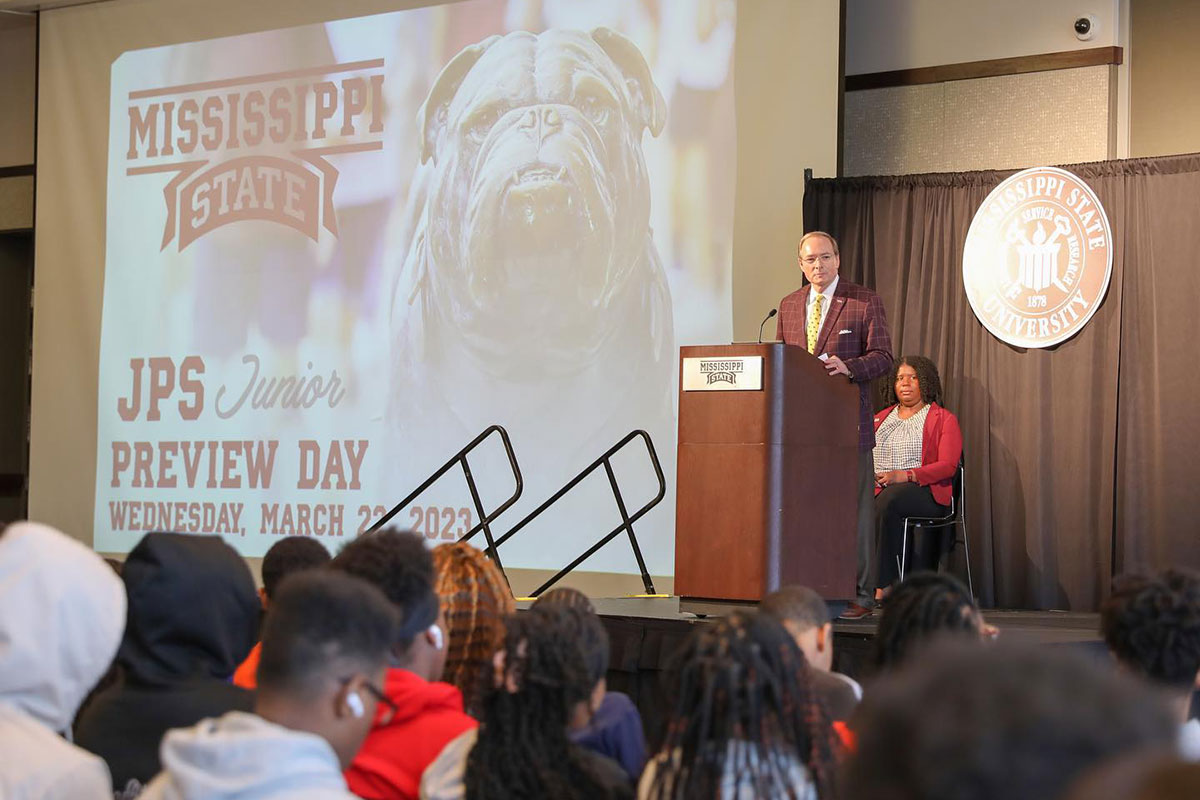
“We work with campus administration to ensure that we are attentive to both policies and procedures that may adversely impact various populations on campus,” Forbes explained. “Investing in initiatives will be extremely important to bolstering Black student enrollment.”
During the academic years 2019 and 2021-2023, MSU received the Higher Education Excellence in Diversity Award from Insight into Diversity magazine, for its dedication to providing a welcoming environment for students, faculty and staff.
Forbes believes that the university’s commitment to promoting inclusivity across campus was a key component to this recognition. Diversity, equity and inclusion is critical to the “vitality of the campus community,” and avoiding this work has societal, environmental and political repercussions.
“We have a responsibility to educate the campus community as a whole on the experiences of Black student populations,” Forbes stated. “We have diversity education workshops focused on the Black student experience and ways we can create inclusive campus environments.”
With this approach, MSU is challenging one-size-fits-all strategies to foster belonging among Black students.
“The University is focused more on equitable experiences for students. That means taking an individualized approach to the student needs, including our Black students. There’s no such thing as a monolithic experience, so we can’t provide a monolithic approach,” Forbes said.
For current and prospective college students, Keenum said MSU will continue to make a place where everyone can “feel a sense of belonging, appreciation and inclusion” when you step onto the campus.
“I frequently share with current and prospective students that diversity empowers and enriches our institution and the individuals within it,” Keenum added. “It enables us to understand that we come from different backgrounds and perspectives, but we can come together, unite as Bulldogs, and empower our campus and community in a very special way.”
The Importance of Black Spaces
For Black students at higher education institutions—especially at predominantly white institutions—a lack of representation and lack of diversity among their peers exacerbates the sense of loneliness.
On Mississippi State’s campus, some Black students believe that they should have the autonomy to establish spaces where they can connect, network and support one another.
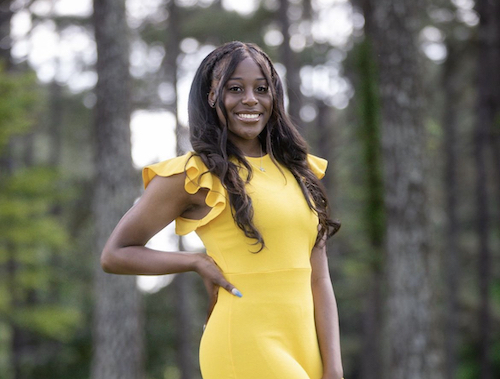
Zamiya Warner, a presidential scholar at Mississippi State from Pearl, Miss., said she was afraid she would not fit in, especially in the Shackouls Honors College.
During her first month at MSU she experienced imposter syndrome, the feeling of self-doubt that persists despite academic achievement. Yet, as her academic career progressed into her sophomore year, she said she felt included and cared for by those around her.
“Since I have been here, I have made several connections, as well as being presented with new opportunities daily,” Warner said. “Mississippi State University has done a great job of helping me nurture my mind while also being able to be my true, authentic self.”
The “nurturing” came from participating in discussions and debates in the classroom, where her and other students’ opinions were respected. However, she said she would like to see understanding move from the classroom to the campus.
“I believe we should have more diverse events on campus that everyone participates in, not just Black students,” Warner said. “It is important for people of all races, shapes and sizes to understand the history of Black people and why it is important to treat us with respect.”
Although Warner would like to see more involvement from other demographics on campus, she is glad the Holmes Cultural Diversity Center allowed her to find her comfort place.
“When you are considered a ‘minority’ in a huge setting like Mississippi State, it is important to have a safe place where you feel seen, heard and catered to,” Warner said. “Having outlets like Black Student Association has helped me as well as many other Black students feel like we belong here.”

Zipporah “Zee” Thomas, president of the Black Student Association, said the organization acts as “a home away from home” becoming a new family for students of color who seek a place to feel heard and seen.
Due to members’ ability to voice their views about the campus openly, membership has grown from 50 members in 2020 to 120 members during the fall 2022 semester, becoming the second largest student organization after the Student Association.
“We’re really focusing on building a family connection,” Thomas declared. “We want to keep (BSA) as strong as possible and make sure that students really feel like they have a space where they can enjoy themselves, but also get the best advice and guidance on campus.”
While Thomas believes MSU does its best to include everyone, she believes there could be some adjustments to ensure minorities feel more included and are not just seen as “a statistic.” And highlighting all the Black student organizations available on campus could help.
“I want students to know that (MSU does) have safe spaces,” Thomas said. “We are inclusive. We are diverse. We are a community, and we will stand as a community.”
This MFP Voices essay does not necessarily represent the views of the Mississippi Free Press, its staff or board members. To submit an opinion for the MFP Voices section, send up to 1,200 words and sources fact-checking the included information to azia@mississippifreepress.org. We welcome a wide variety of viewpoints.

